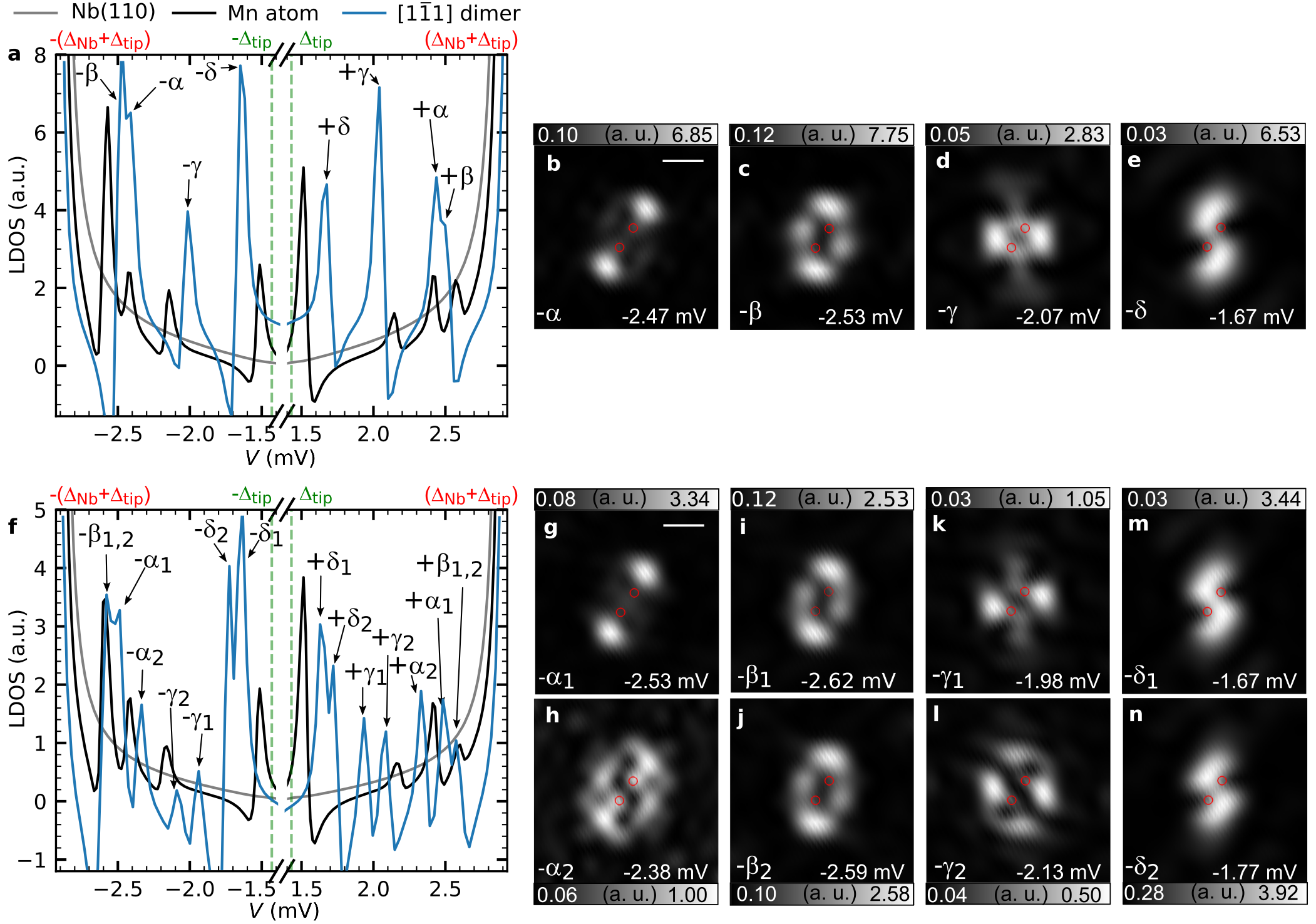In a German-Hungarian collaboration led by the University of Hamburg, Krisztián Palotás (Wigner RCP, MTA-SZTE Reaction Kinetics and Surface Chemistry Research Group, Budapest University of Technology and Economics (BME)), András Lászlóffy (Wigner RCP, BME) and László Szunyogh (BME, MTA-BME Condensed Matter Research Group) from Hungary, and Levente Rózsa (University of Konstanz) contributed to the theoretical understanding of quantum states at superconducting surfaces induced by magnetic impurities, and published their results in Nature Communications.

Superconductors represent a realization of quantum-mechanical phenomena on length scales accessible within our everyday life, and are fundamental in the design of quantum computers. Magnetic materials are widely used for storing information in classical computing applications due to their exceptional stability over extended periods of time. Combining these two concepts is challenging since superconductivity and strong magnetic fields exclude each other. Nevertheless, it is possible to realize magnet-superconductor systems on the atomic scale, opening the way towards exceptionally stable applications in quantum information technology. Yu-Shiba-Rusinov (YSR) states are formed in the vicinity of a magnetic atom in a superconductor, and they represent a fundamental element in hybrid magnet-superconductor systems. The interaction between spin and orbital angular momentum of the electrons, known as spin-orbit coupling (SOC), has attracted considerable research interest in the past decades. Yet, the influence of SOC on YSR states of single atoms and pairs of atoms has not been satisfactorily explored in experiment or in theory.
In a recently published paper in Nature Communications the evolution of hybridized multi-orbital YSR states from a single Mn adatom to artificially constructed ferromagnetically and antiferromagnetically (AFM) coupled Mn dimers placed on a superconducting Nb(110) surface is investigated. The ferromagnetic spin alignment corresponds to parallel spin moments of the Mn atoms forming the dimer, whereas the AFM alignment means antiparallel spin moments. Upon dimer formation, the atomic YSR orbitals split for both types of magnetic alignment. Importantly, the first experimental evidence and quantification of the SOC-induced splitting of hybridized YSR states in AFM dimers are presented, corroborated by a detailed theoretical description and analysis of these states. So far, split YSR states have been used as a fingerprint in order to exclude AFM alignment of the two spins in dimers coupled to superconductors. With the new evidence on split YSR states in AFM dimers this view should be revised. The numerical calculations attribute the unexpected splitting of atomic YSR orbitals in AFM dimers to SOC and broken inversion symmetry at the surface. The presented results imply that it is even possible to form bands of YSR states in AFM arrays considerably enlarging the number of candidate systems for topological superconductors.
Link to the paper: Nature Communications 12, 2040 (2021)



